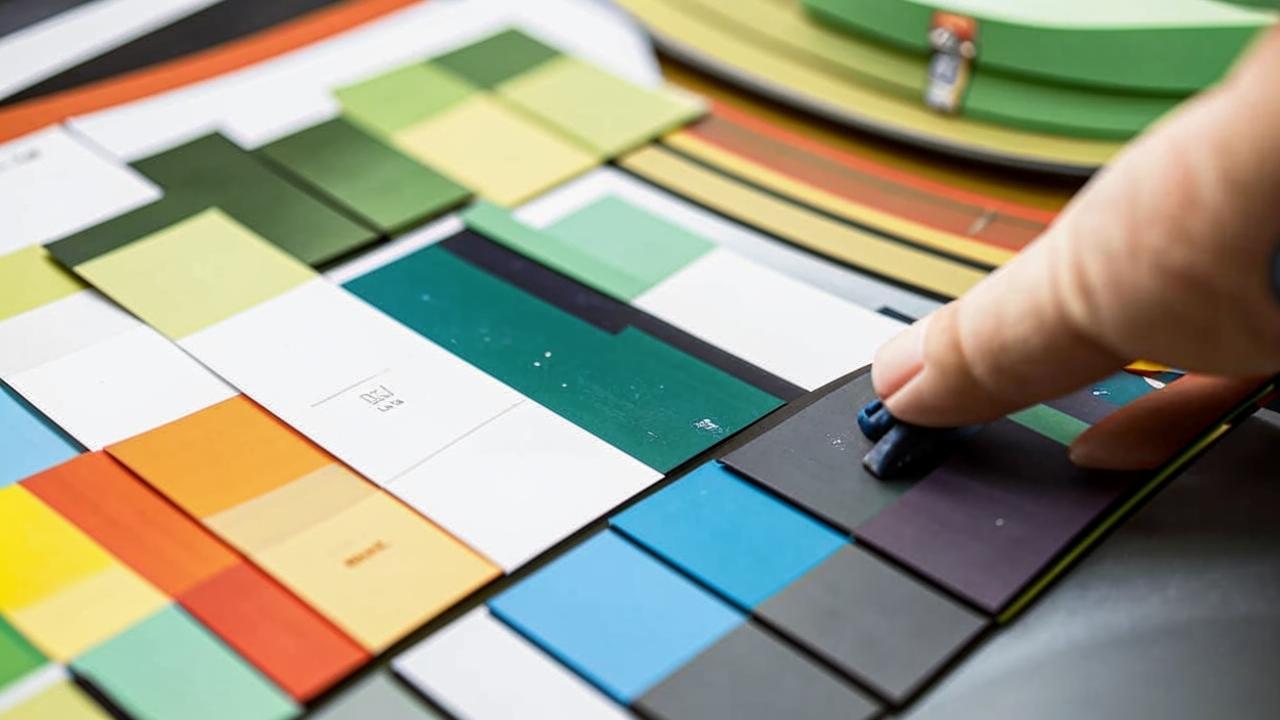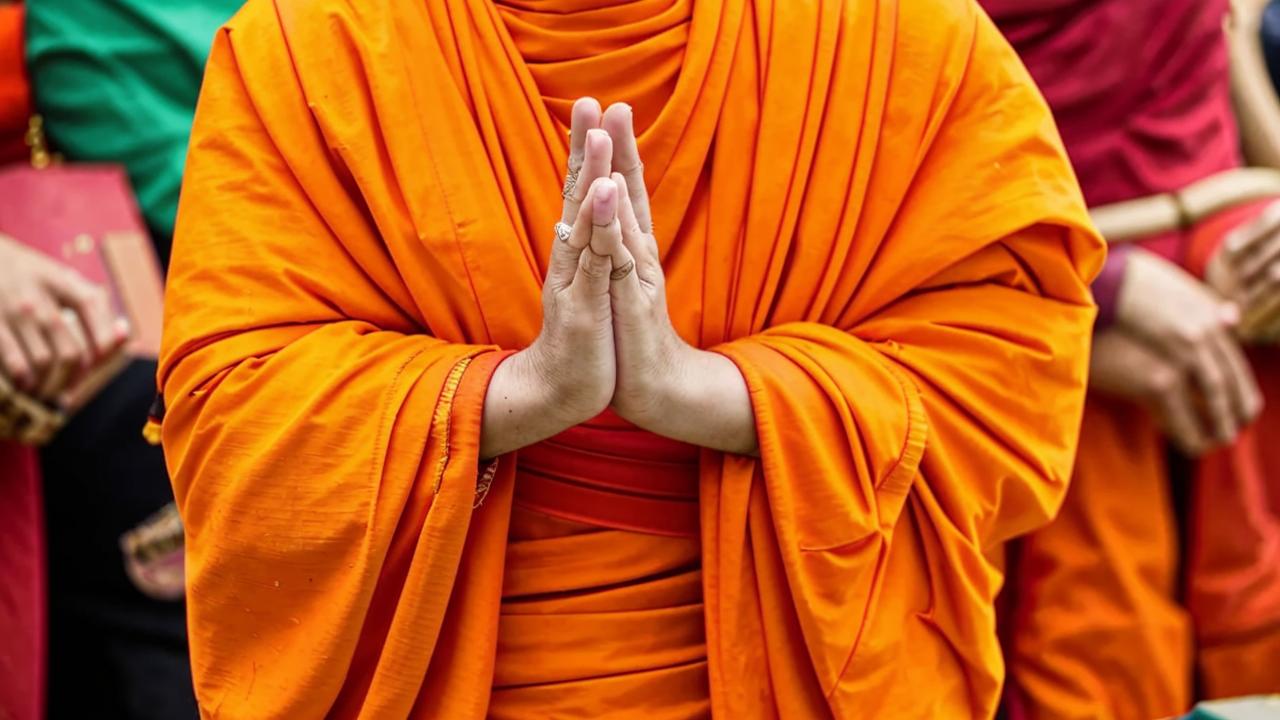
In ancient times, color was equivalent to words, and color language was widely used in ritual rites and ordinary life. Gradually in the course of human activity color became a sign, acquiring symbolic, psychoemotional, communicative and therapeutic functions.
Primitive and primitive peoples identified colors with the most valuable for them substances and vital elements. Such are blood, fire, milk, earth. They correspond to red, white, black colors.
В. Turner in his studies of colors among primitive tribes in Africa found that they are dominated by these three colors. White is considered the color of goodness, healing, luck, victory over evil spirits, purity.
Red is the color of life, strength, energy. Black is the personification of evil, darkness, suffering, misfortune, disease, death. These archetypal ideas about color sit firmly within all cultures and peoples, not only among African tribes.

In the Chinese philosophy on the five elements of Wu-Xing, color refers to physiological processes. The doctrine is used to organize ideas about the relationship between man and nature. The similarity between these relationships and the five elements is established on the basis of analogy.
Certain functions of the human body, seasons, and weather patterns are compared to each other, and the characteristic features of the system are established.

The Chinese distinguish five elements which play an important role in human life and have a certain meaning – they are Wood, Fire, Earth, Metal and Water.
According to the concept of Wu-Xing, all phenomena in the universe are of the nature of these primary elements, which are interconnected and in constant motion. On the basis of analogies between them, the Wu-Xing concept creates a clear picture of the relationship between man and nature.
Deelement of Tree is spring, birth, green color, wind, anger. The liver as a yin organ and the gallbladder as a yang organ correspond to it.
Element Fire is summer, growth, red color, heat, joy. It corresponds to the heart as a yin organ and the small intestine as a yang organ.
Element Earth is the end of summer, development, yellow color, moisture, thoughtfulness. It corresponds to the spleen and pancreas as a yin organ and the stomach as a yang organ.

Element Metal is autumn, accumulation, white color, dryness, sadness. It corresponds to lungs as yin-organ and large intestine as yang-organ.
Element Water is winter, storage, black color, cold, fear. Kidneys as yin-organ and bladder as yang-organ correspond to it.
The activity of the organs is excited by qi energy (which is related to blood and respiration) circulating through the circular energy channels, or meridians, running in the body. In the 61st chapter of the book “Nan Ching” it says:
If you want to establish by inspection the presence of disease, you must determine the five colors. If you want to analyze the disease by listening, you must distinguish five different types of voice. If you want to determine the beginning and localization of the disease by smell, you must be able to recognize five smells. If you feel the pulse at the wrist, you can determine by the degree of its filling, in which internal organs the disease sits.
The division into five colors/voice tones/smells is based on the system of five elements.
Thus, Chinese doctors evaluate different smells, complexion, voice nuances and pulse patterns. Deviations from the norm are analyzed according to the rules of birth, suppression and overcoming.
If, for example, the patient has a pale greenish complexion and needs sour food, if his pulse is tense like a string, he has liver disease. If the face is flushed, there is a bitter taste in the mouth and the pulse is soft, the diagnosis is excessive heart fire.

Patients with Spleen Empty Spleen Syndrome have a bluish-green complexion, as in this case the wood displaces the earth. Patients suffering from certain heart diseases often have a darkish complexion because in this case “water suppresses fire”.
Since diseases are related to a person’s original psycho-emotional state, according to the concept of Wu-Xing, one can correct one’s condition and even one’s character traits by using color.
Bright and warm colors belong to yang. These are all shades of red, orange, crimson, yellow. Cold colors belong to yin: blue, blue, green, purple, violet, mauve.
You can fill your space with a certain color depending on your request and needs: for example, you do not know how to listen to others, are not quite balanced, stubborn, selfish, get angry a lot.
In order to change yourself, you can add or increase the amount of green or blue color in your environment, for example, in the interior, clothes, food.

You should fill your home interior with green plants or textiles, adding blue color decorative pillows and curtains on the windows. You should sleep on a wooden bed and not live on the upper floors, but be closer to the ground.
The color of food, dishes you use, tablecloths and napkins can have all shades of green as well as blue and blues.
If you are passive, slow, procrastinating, complaining about life, add yang colors to your life: orange and red fruits and vegetables, tablecloths, curtains, vases, red clothing, red decorations. Remove gloomy gray, black, blue colors from your space. Create a movement of life with bright colors.

If you are constantly resentful, judgmental, and blaming everyone, fill your space with the color raspberry and yellow.
Eat crimson and yellow, wear clothes, look at these colors. Resentment and old mental wounds will subside, and you will look at life and people with a healthier and more optimistic outlook.





